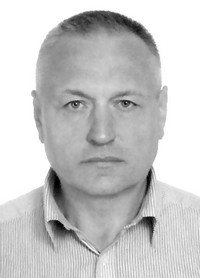Regional physical education and sports sector development statistics: comparative analysis
Ключевые слова:
: physical education and sports development strategy in Russia, physical education-and-sports-committed population, physical education development statistics.Аннотация
Objective of the study was to find the status of the national physical education and sports sector based on the comparative analysis of the regional progress.
Methods and structure of the study. We analyzed in the study the national physical education and sports sector development statistics with the regional (Federal District) progress elements for 2012–2019.
Results and conclusion. Our analysis of the physical education and sport sector progress statistics, with a special priority to the macroeconomic (socio-economic) progress indicators, showed an overall growth trend, with a special progress in the North Caucasian Federal District. The average federal physical education and sport sector funding for the period was reported to grow by as much as 167.57%, and the physical education and sport committed population by 70.86%; although these growths were of little effect on the physical education and sports infrastructure expansion (by 4.88% only) and physical education and sport sector staffing (by 13.58%) on the federal scale.
Our analysis showed that the long-term progress of the physical education and sports sector at the federal and regional levels requires growth in every physical education and sport sector progress element in harmony with the macroeconomic progress as all these progress aspects are directly correlated.
Библиографические ссылки
Vorobev S.A., Shchennikova M.Y., Breider N.A. et al. Physical education and sports sector specialists: supply and demand situation analysis and forecast. Teoriya i praktika fiz. kultury. 2021. No. 8. pp. 104–106. http://www.teoriya.ru/ru/node/14570.
Klendar V.A., Krylova V.M. Analysis of dynamics and relation of indicators of development of physical education and sports and macroeconomic indicators of the Russian Federation. Vestnik sportivnoy nauki. 2015. no.6. Available at: https://cyberleninka.ru/article/n/analiz-dinamiki-i-vzaimozavisimosti-pokazateley-razvitiya-fizicheskoy-kultury-i-sporta-i-makroekonomicheskih-pokazateley-rossiyskoy.
Official state statistics. Available at: https://rosstat.gov.ru/folder/210.

Дополнительные файлы
Опубликован
Как цитировать
Выпуск
Раздел
Лицензия

Это произведение доступно по лицензии Creative Commons «Attribution» («Атрибуция») 4.0 Всемирная.
